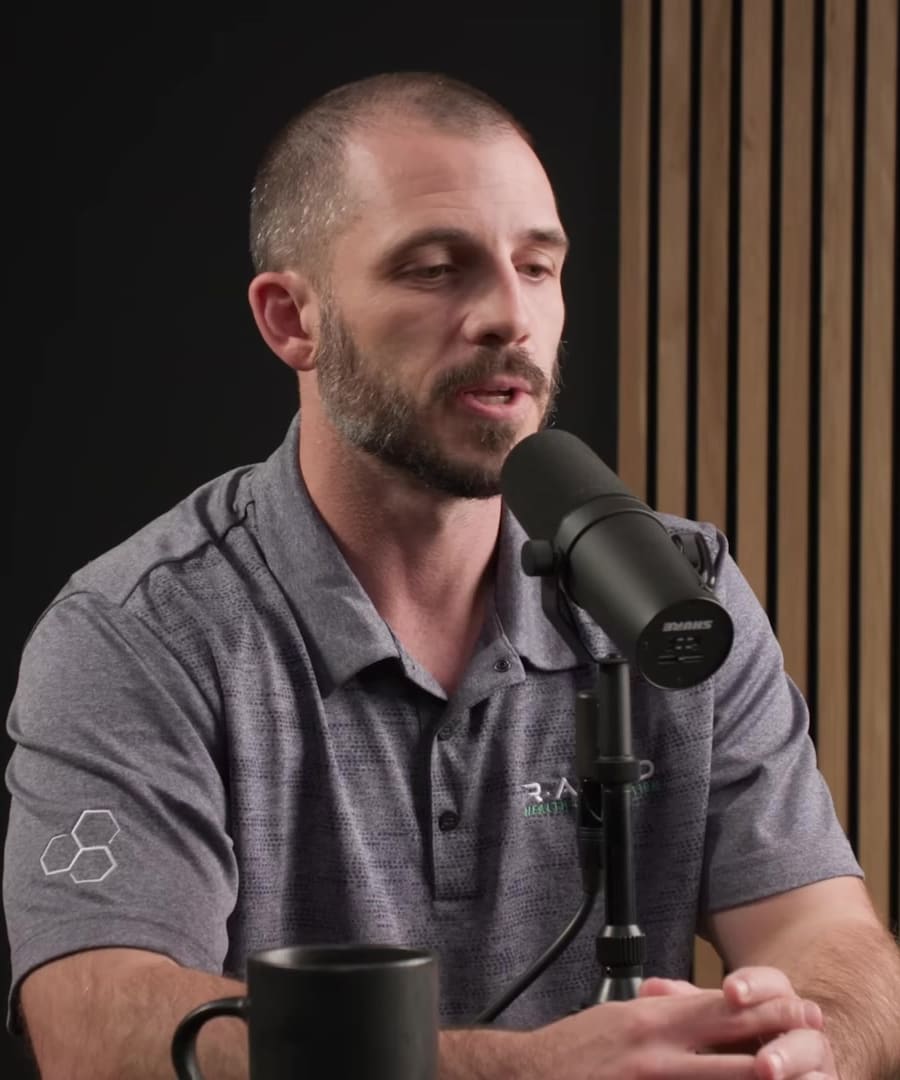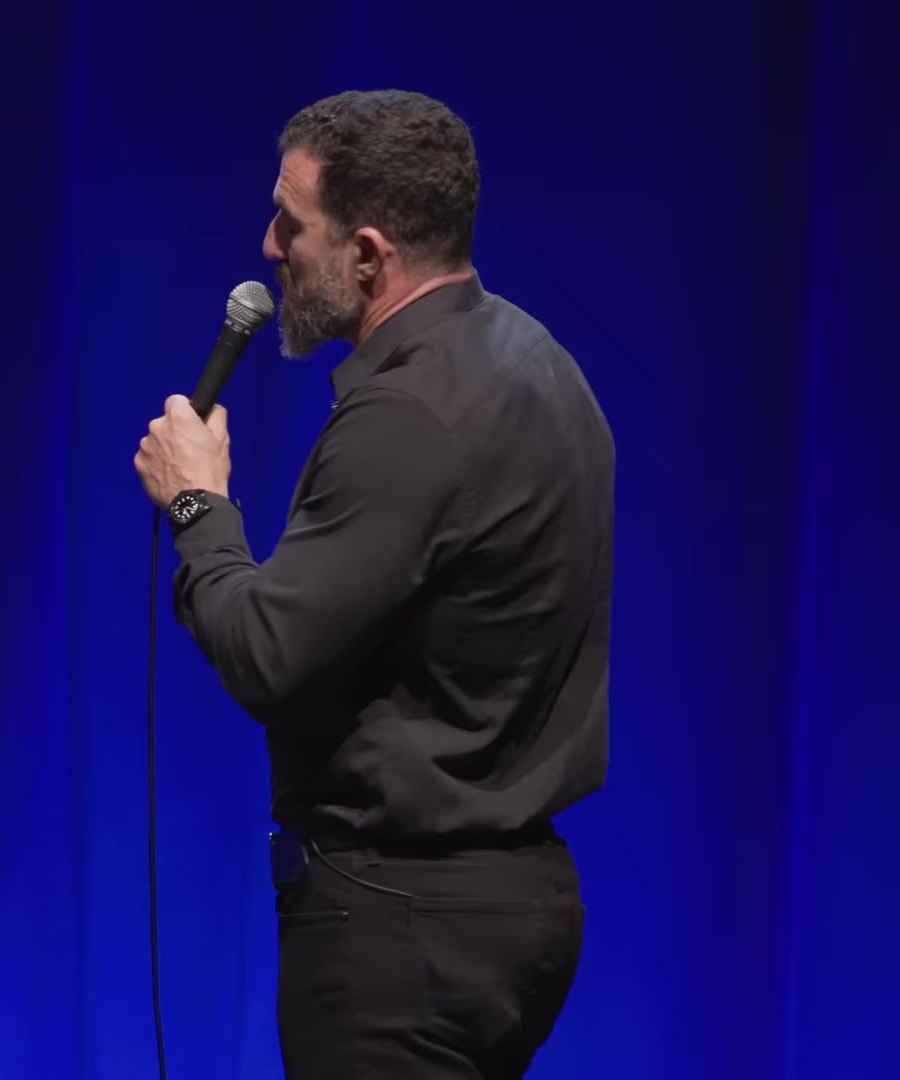can you give me good reasons for doing yoga nidra
Sources:
Yoga Nidra offers several compelling benefits that can enhance your overall well-being. Here are some key reasons to incorporate this practice into your routine:
-
Improves Sleep and Reduces Insomnia: Yoga Nidra has been shown to significantly reduce cortisol levels, a stress hormone, and improve sleep quality, making it particularly beneficial for those with chronic insomnia. Studies have demonstrated significant improvement in sleep for insomnia patients after practicing Yoga Nidra 1.
-
Reduces Stress: This practice helps reduce stress by decreasing cortisol levels and promoting relaxation. It also replenishes certain neuromodulators like dopamine, which can help manage stress more effectively 1 2.
-
Enhances Cognitive Functions: Practicing Yoga Nidra can increase dopamine levels in the brain's striatum basal ganglia, which can enhance focus, creativity, and learning. This state of deep rest allows your brain to prepare for tasks that require high cognitive functions like divergent thinking and problem-solving 3 4.
-
Restores Mental and Physical Energy: Yoga Nidra fosters deep relaxation while keeping the mind awake, which can restore both mental and physical vigor. This is beneficial for recovering from sleep loss or boosting energy during the day 3.
-
Aids Addiction Recovery: The practice is beneficial in helping individuals regulate impulses and manage agitation, particularly useful in addiction recovery. This self-directed relaxation can help individuals in maintaining sobriety and improving their sleep quality 5.
Incorporating Yoga Nidra into your daily routine can provide a substantial boost to your overall mental and physical health.
RELATED QUESTIONS-
Can you give me a short cold recovery protocol?
Sources:
Here is a concise cold recovery protocol based on insights from the :
-
Cold Showers or Immersion:
- Use cold exposure (cold showers or ice baths) immediately after intense exercise to reduce inflammation and muscle soreness. Aim for 1-5 minute sessions in very cold water rather than relying on longer passive recovery 1.
- For significant pain relief, immerse in sub-40°F water for about 5 minutes or in moderately cold water (40-50°F) for around 15 minutes 2.
-
Effective Cooling Areas:
- Focus on cooling key areas such as the face, palms, or bottoms of the feet for efficient and rapid recovery. This is more effective than immersing the entire body in cold water, which can cause vasoconstriction and impede heat dumping 3.
-
Avoid Interference with Training:
- Avoid using cold exposure immediately after resistance training if the goal is muscle hypertrophy, as it can reduce the benefits by interfering with mTOR pathways and inflammation necessary for muscle growth. Use it primarily for endurance training recovery or general reduction of muscle soreness and inflammation 4 5.
By following these steps, you can effectively harness cold exposure to accelerate recovery while minimizing potential drawbacks.
RELATED QUESTIONS-
can you give me a short protocol for recovering from a cold
Sources:
Here is a short protocol for recovering from a cold based on insights from the :
-
Rest and Hydration:
- Prioritize ample rest to allow your body to recover. Stay well-hydrated by drinking plenty of water and herbal teas.
-
Nasal Breathing:
- Use saline nasal sprays or a neti pot to clear nasal passages, promoting easier breathing and reducing sinus congestion.
-
Cold Exposure:
- Brief, controlled cold exposure can boost immune function. Consider a short, 1-3 minute cold shower or facial immersion in cold water to reduce inflammation and stimulate the immune system. Ensure the experience is safe and comfortable 1.
-
Nutrition:
- Consume nutrient-dense meals, focused on immune-boosting foods like fruits (high in Vitamin C), vegetables, and lean proteins.
-
Supplements:
- Consider supplements like zinc and Vitamin C, as they are known to support immune function. Consult a healthcare provider before adding new supplements.
This protocol is designed to support your body’s natural recovery processes through rest, hydration, immune-boosting activities, and proper nutrition.
RELATED QUESTIONS-
general immune system strengthening advice?
Sources:
For general immune system strengthening, from the suggests the following strategies:
-
Adequate Sleep:
- Ensure you get enough sleep regularly. Consistency is key, so aim for a stable sleep schedule most of the time 1.
-
Regular Exercise:
-
Heat and Cold Exposure:
-
Nutrition:
- Maintain a balanced diet with high-quality foods. Zinc supplements, particularly, have shown significant benefits in boosting the immune system. Aim for 100 mg daily to combat colds 5.
-
Gut Health:
-
Minimize Stress:
- Manage stress through practices that promote relaxation, such as mindfulness, light physical activity, and maintaining social connections. Moderate, controlled stress can actually enhance the immune system, but chronic stress should be avoided 7.
By following these strategies, you can help keep your immune system robust and ready to combat potential infections.
RELATED QUESTIONS-
would the wim hof method fit into this?
Sources:
Yes, the Wim Hof method can definitely fit into the broader strategies to strengthen the immune system. has discussed several points highlighting the benefits and mechanisms behind using the Wim Hof method:
-
Adrenaline Release: The method involves cyclic hyperventilation followed by breath holds, which greatly increases adrenaline release. This can help combat infections by activating the sympathetic nervous system. Adrenaline release mobilizes immune cells, particularly from the spleen, which then circulate to fight off potential pathogens 1 2.
-
Improved Immune Response: A study referenced by found that subjects who practiced Wim Hof breathing techniques had significantly attenuated responses to an E. coli injection compared to controls. They experienced fewer symptoms like fever and vomiting. This suggests that the breathing technique helped modulate the immune response by reducing harmful inflammatory cytokines and increasing beneficial anti-inflammatory cytokines 3.
-
Self-Induced Stress Inoculation: Practicing the Wim Hof method can serve as a form of self-induced stress inoculation. By learning to control the release of adrenaline, practitioners can better manage their physiological responses to real-world stressors, which might ultimately support a stronger immune system due to better stress regulation 4.
-
Cold Exposure: The method also includes deliberate cold exposure, which endorses for its ability to increase dopamine and epinephrine levels, both of which have positive effects on mood, alertness, and immune function 5.
Incorporating the Wim Hof method can therefore be a beneficial addition to your immune system strengthening regimen, alongside other practices like adequate sleep, regular exercise, proper nutrition, and stress management.
RELATED QUESTIONS-
can you give me good reasons for doing yoga nidra
- RELATED QUESTIONS
Can you give me a short cold recovery protocol?
- RELATED QUESTIONS
can you give me a short protocol for recovering from a cold
- RELATED QUESTIONS
general immune system strengthening advice?
- RELATED QUESTIONS
would the wim hof method fit into this?
- RELATED QUESTIONS





















